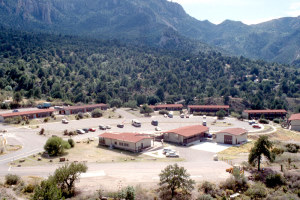J. Charles Kelley
The J. Charles Kelley site (41BS908) is located in the Chisos Basin, a depression in the Chisos Mountains of Big Bend National Park (BBNP). Named after archeologist J. Charles Kelley in honor of his pioneering work in BBNP and the Trans-Pecos region, it is a well-stratified site with a record of human occupation that spans 9,000 years, showing sustained use of montane basins throughout the Archaic.
The J. Charles Kelley site was initially discovered during a surface survey conducted before construction of the Chisos Basin Ranger Station in 1988. Only scattered lithic debitage was found on the surface, which was insufficient to designate the area as a significant archeological site, but enough to require monitoring during later construction projects. Renovation of the ranger station in 1992 encountered several hearths and a more substantial collection of debitage, prompting park archeologist Thomas Alex to investigate. Under his direction, park staff and volunteers conducted shovel tests and limited test excavations to assess the full extent and significance of the site. Alex published the results of their findings in 1999.
The site’s well-stratified deposits with several discrete occupations yielded a consistent series of radiocarbon ages. Excavations identified eight hearths and a Middle Archaic living surface containing a slab metate, a fragmentary Jorra dart point, and a fragmentary Langtry dart point. Radiocarbon assays taken from charcoal recovered from the hearths reveal an occupational span between 8000 B.C. and A.D. 1800 (calibrated dates).
Regardless, the seven radiocarbon assays are in correct stratigraphic order, from youngest to oldest, showing the stratigraphy was intact. The layers beneath the Middle Archaic surface were relatively thick, suggesting more robust natural deposition and better stratigraphic separation. The deepest layer contained two hearth features that yielded essentially identical radiocarbon dates that strongly overlap at about 8,000 B.C. which falls in the Late Paleoindian period. No diagnostic artifacts were recovered from this occupation, but the excavations were limited in scope.
The J. Charles Kelley site is thus far the only site in BBNP with a dated Paleoindian component. Analysis of the site’s well-preserved pollen suggests that sotol processing or consumption may have taken place during Middle or Late Archaic times. The pollen sequence did not give a clear picture of the past climate of the area, a result that probably just reflects the limited nature of the sampling (a single column).
Overall, the dated 9800-year span of human occupation from 8,000 B.C. to A.D. 1800 makes the J. Charles Kelley site a uniquely significant site in the eastern Trans-Pecos. The site appears to have considerable research potential and points to the likelihood that stratified deposits can be found elsewhere in the montane basins of the Chisos Mountains.
Contributed by Carly Whelan based on a report by Thomas Alex cited below.
Sources
Alex, Thomas C.
1999 Archeological Data Recovery at Site 41BS908: A 9,000 Year-old Site in the Chisos Basin, Big Bend National Park. The Journal of Big Bend Studies 11:1-21. Download ![]()
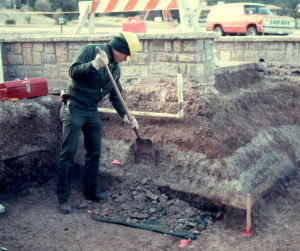
|
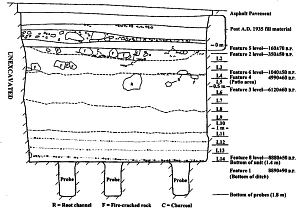
|
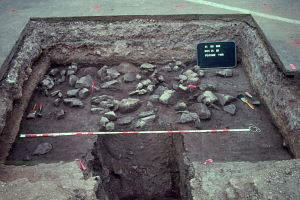
|
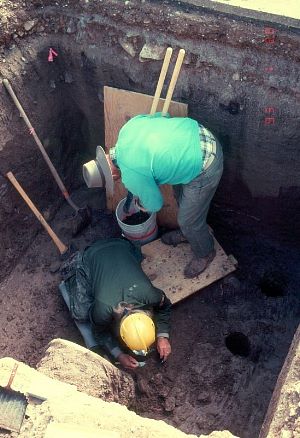
|
